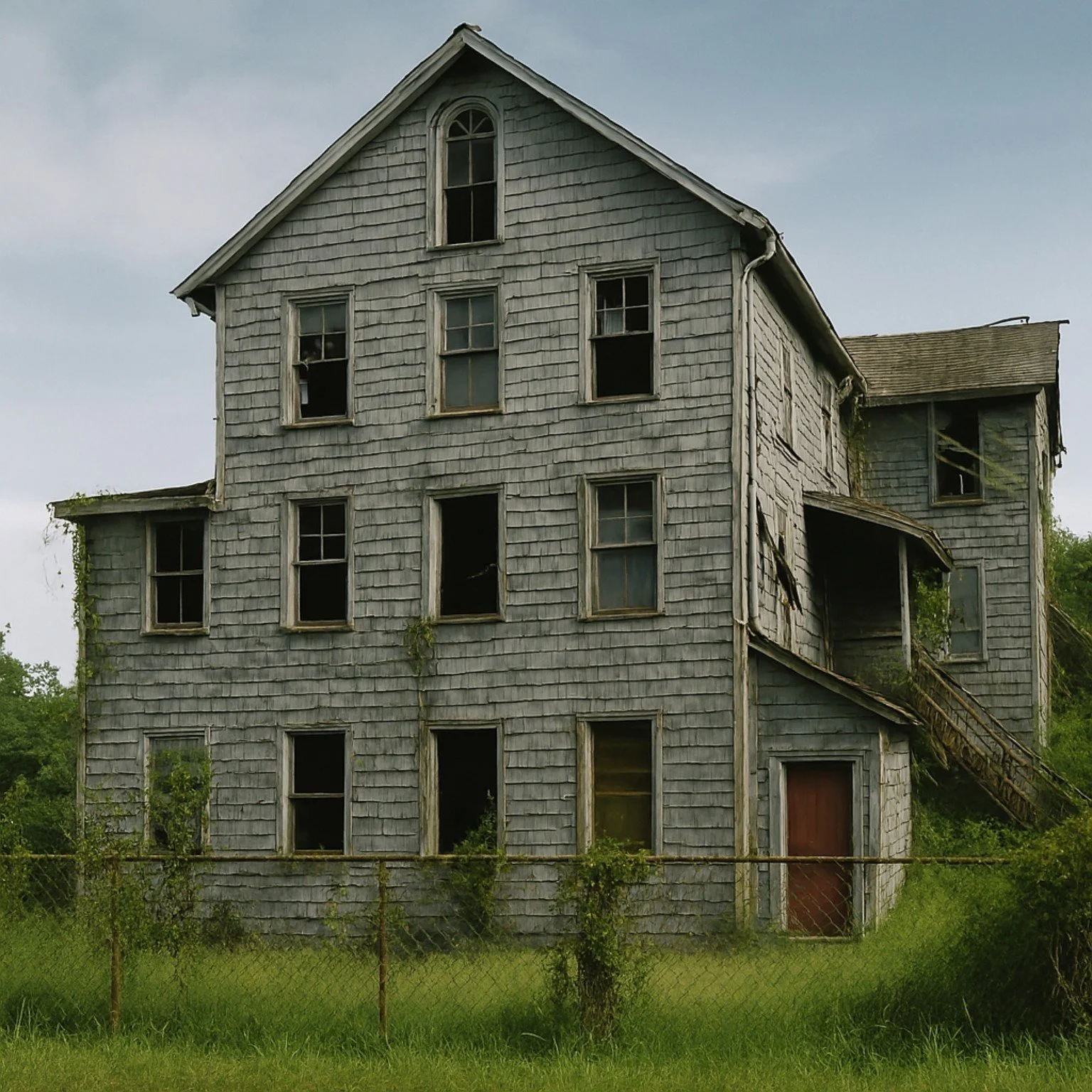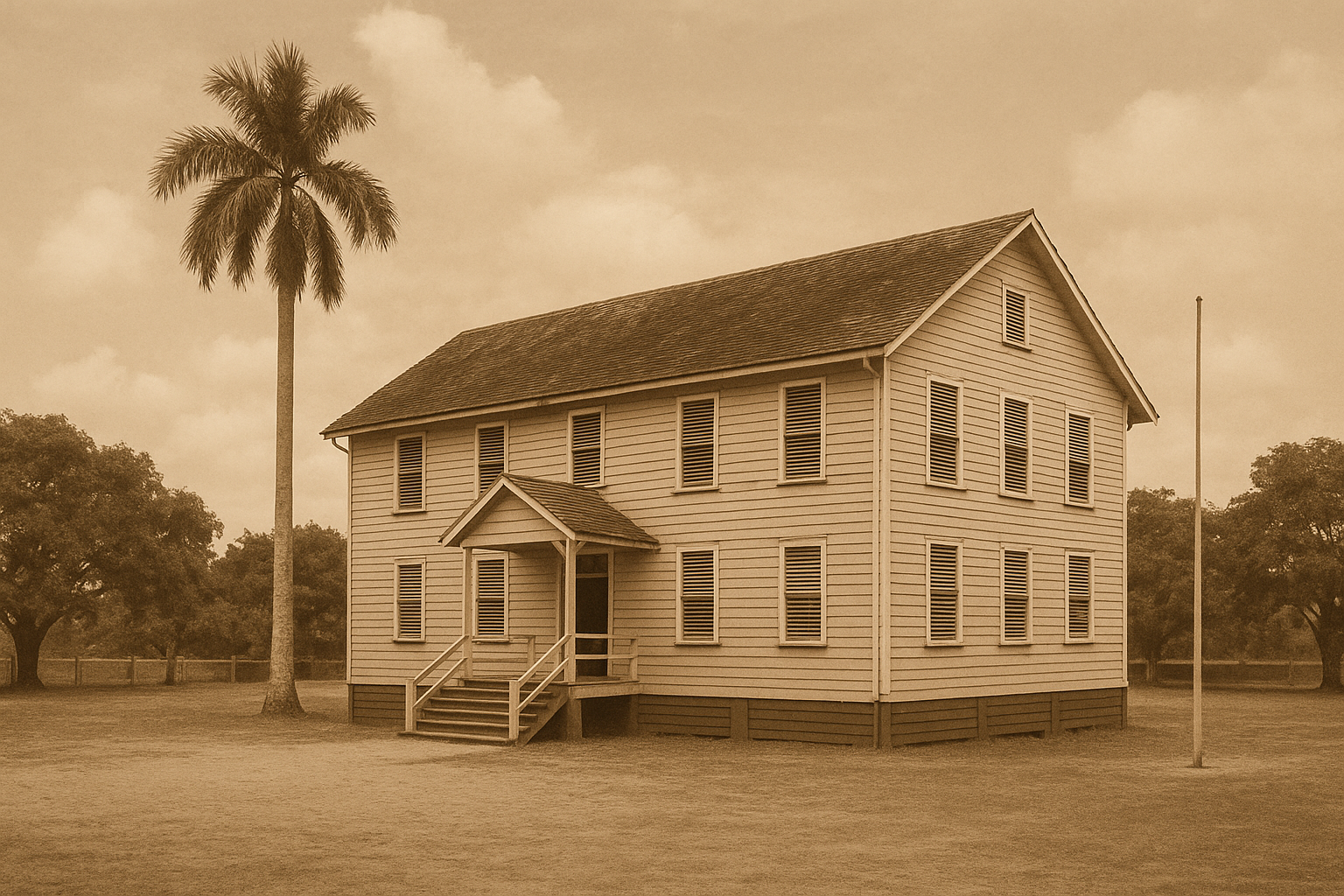From Plantation Cane Grove to Cane Grove Village: A Historical and Cultural Journey
Plantation Origins in the Colonial Era
Cane Grove began as a sugar estate in the early 1800s. By 1808, it was already established under George Booker, later owned by Spencer Mackay. Like other Demerara plantations, it was built on enslaved African labor. At emancipation in 1834, the estate held around 240 enslaved people. Mackay received £12,772 in “compensation” — a painful reminder that freedom came at a price, but not one paid to the enslaved.
Families like the Campbells, Caesars, Douglases, and Joyces trace their roots here. Oral history tells us that on the very day freedom was declared in 1838, one Joyce ancestor cried out: 'Today we are free' — and collapsed dead on the spot. Freedom was both a triumph and a heartbreak, carried in bodies and bloodlines.
Emancipation and the Post-Slavery Transition
After emancipation, many freed Africans left plantations to form villages, while planters scrambled to replace their labor. Cane Grove turned to indentured immigration, recruiting thousands from India between 1838 and 1917. These newcomers lived in long rows of logies — cramped one-room houses — but they carried languages, festivals, and religions that would enrich village life.
By the early 20th century, Cane Grove was a mixed community: African and Indian descendants living 'like a honeycomb,' sharing laughter and survival.
The End of Sugar and the Rise of the Village
The estate’s closure in 1946 ended a chapter. Over 12,000 people depended on Cane Grove directly or indirectly; petitions begged the owners not to close. When they did, many were left jobless. But out of collapse came renewal: in 1948 the government bought the land for a token $100 and divided it into farm plots. Families grew rice, vegetables, and raised cattle. Cane Grove became a village of independent farmers, not estate workers.
Education and the Old Schoolhouse
One of the most enduring symbols of the estate-turned-village is education. The old colonial school — a tall, shingled, wooden building with louvered windows — stood as the heart of Cane Grove for decades.
Every morning, children assembled in the yard, lining up neatly. The flagpole, planted about 10 feet from the back step, was the center of ritual: the anthem rising as the flag climbed skyward. And always, beside the building, the royal palm tree stood tall — a sentinel you could see from east, west, or south.
The yard was wide and open, no fences then. Children played hopscotch, fetched water, and laughed under the palm’s watch. A narrow passageway led into the back, where heavy black iron tanks collected water — silent companions of childhood.
Even in ruin today, the building whispers memory. The palm still stands. The flagpole base still waits.
Folklore and Memory
Cane Grove is not only history; it’s also story. Folklore gave the village its humor and resilience.
One neighbor, remembered as Professor Ragnoth, was said to have a magical rod that could pull money straight from the manager’s house. Was it trickery or truth? No one knows, but his legend lived on as a tale of the powerless outwitting the powerful.
Ragnoth was also known across Guyana as a magician. He was banned from walking near banks in Georgetown — such was the fear of his tricks. Villagers came to him when cattle went missing, and he could tell whether the animal was alive, lost, or already butchered. To some he was feared, to others a helper. Either way, his name became part of Cane Grove’s folklore.
Healers and Guardians
Not all village figures dealt in magic. Some dealt in life itself.
Mary Samuels, called Maymay, was the midwife of Cane Grove. She delivered countless babies — not only in the village but as far as the Mahaica Creek. Into the 1970s, people were still calling on her steady hands and calm strength. Many who walk the streets today were born because of her. Her work was invisible to history books, but unforgettable to the community.
Legacy of Families and Community
The Campbells, Caesars, Douglases, Joyces, Singhs, Khans, Persauds — each family contributed teachers, catechists, farmers, and leaders. Some became pillars of schools and churches; others carried Cane Grove’s story into the diaspora.
The palm and flagpole remain the visible monuments. The folklore of Professor Ragnoth, and the memory of Mary Samuels 'Maymay' the midwife, remain the invisible ones — no less important.
Conclusion: A Living Legacy
Cane Grove’s journey is a mirror of Guyana itself: slavery to freedom, indenture to independence, estate to village. Its palm tree is more than a tree — it is a timeline in wood and leaf, a witness to change.
Today, when someone walks past the old schoolyard, they walk over layers of history: children singing the anthem, mothers fetching water, elders telling stories of magicians and midwives. Cane Grove is not forgotten. Cane Grove is remembered — in the palm, in the people, in the stories that still rise like a flag in the morning sun.Grove Village: A Historical and Cultural Journeyation Cane Grove to Cane Grove Village: A Historical and Cultural Journey
🌿 Explore More Natural Remedies
Click here to read more articles

